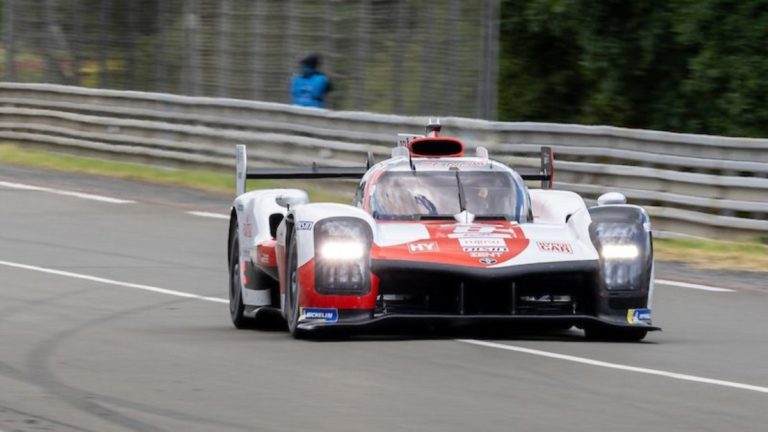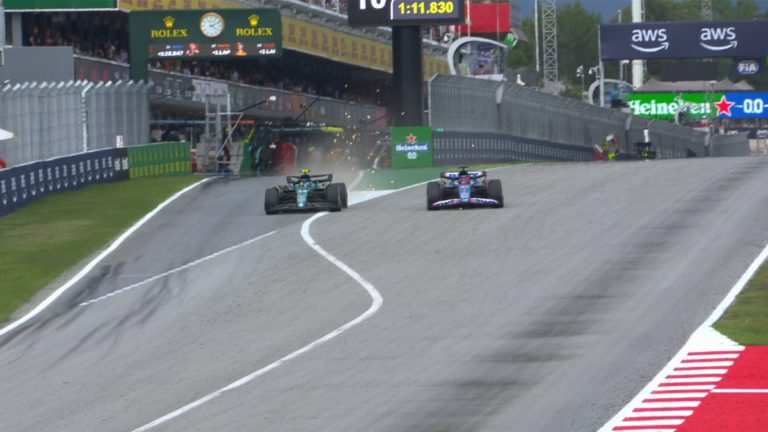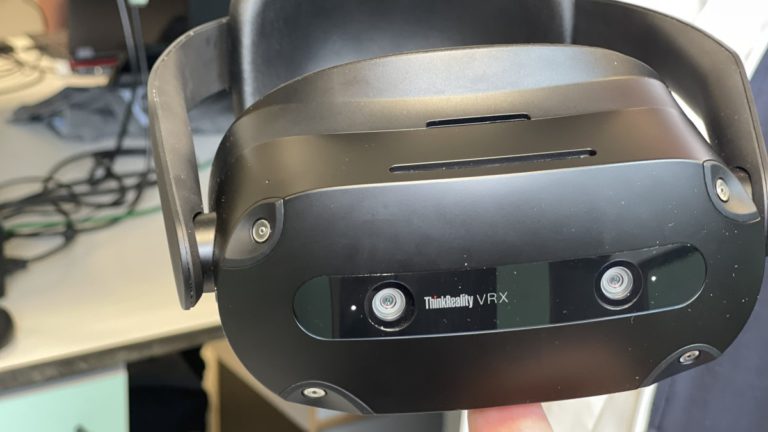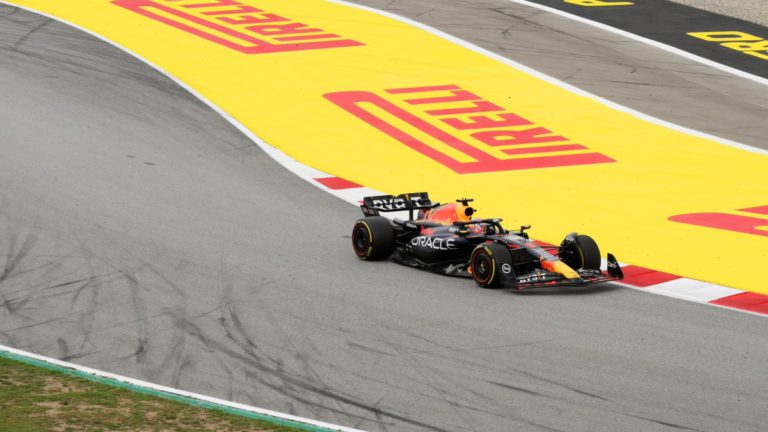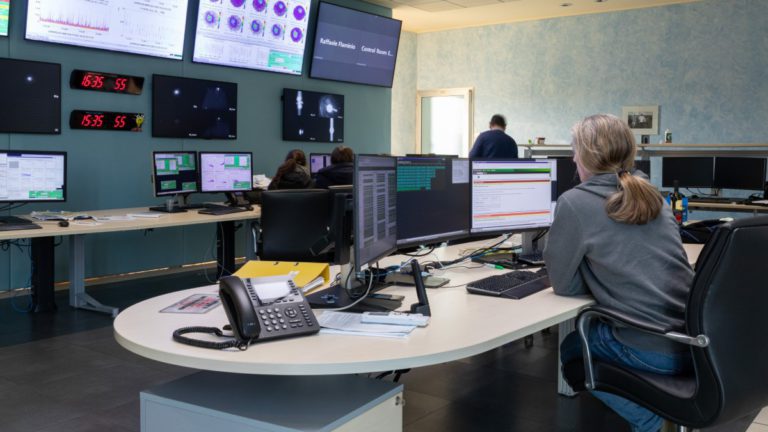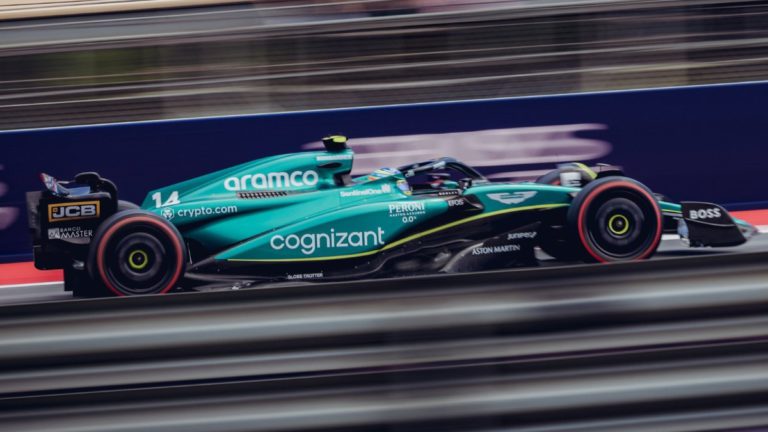FRANCE: In the first practice session of the highly anticipated Le Mans 24 Hours race, the Toyota GR010 HYBRIDs showcased their dominance by securing the top two positions.
Brendon Hartley set the pace aboard the #8 car, leaving competitors in awe with a blistering 3m27.742s, almost two seconds faster than the best time recorded during the official test day.
The sister #7 Toyota initially led the session, with Jose Maria Lopez setting an impressive time of 3m28.290s, surpassing Loic Duval in the leading Peugeot 9X8.
However, Kamui Kobayashi later outperformed them all, lowering the bar to a remarkable 3m27.875s after the session resumed following a red flag caused by a crash between the #777 D’station Racing Aston Martin Vantage and the #13 TDS Racing-run Tower Motorsports LMP2.
The session experienced further interruptions due to crashes, including one at Tertre Rouge involving the solo Corvette C8.R of Nico Varrone.
Despite the interruptions, Hartley managed to secure the top spot with just 23 minutes remaining on the clock, solidifying a Toyota 1-2.
Earl Bamber in the #2 Chip Ganassi Racing Cadillac V-Series R LMDh claimed third place, trailing Hartley’s benchmark by a mere two-tenths of a second.
In the LMP2 class, Pietro Fittipaldi in the #28 JOTA ORECA emerged as the fastest, posting a time of 3m34.579s, narrowly edging out the #37 Cool Racing entry piloted by Malthe Jakobsen.
The GTE AM category saw the #55 GMB Motorsport Aston Martin Vantage GTE, driven by Marco Sorensen, take the lead with an impressive time of 3m55.020s.
Riccardo Pera in the #86 GR Racing Porsche 911 RSR-19 claimed second place, followed by Valentin Hasse-Clot in the #72 TF Sport Aston Martin.
Notably, former Formula 1 champion Jenson Button showcased his prowess in the Garage 56-entered Chevrolet Camaro ZR1 NASCAR Cup car, surpassing the entire GTE Am field with a remarkable time of 3m49.475.
The practice session was not without incidents, as several cars encountered mishaps on the track. Robin Frijns had an off at Tertre Rouge in the #31 WRT Oreca, making contact with the guardrail.
The #35 Alpine LMP2 car, driven by Oli Caldwell, crashed at the Ford chicane, while the #34 Inter Europol Competition machine experienced a breakdown at the pitlane exit.
The #66 JMW Motorsport Ferrari 488 GTE suffered a severe collision with the barriers at the Ford chicane, prematurely ending its session.
As the teams prepare for the first qualifying session at 1900 local time, the Toyota GR010 HYBRIDs have made a strong statement with their dominant performance in the initial practice, leaving their rivals eager to respond during the upcoming sessions of the prestigious Le Mans 24 Hours race.
Also Read: Shakira and Tom Cruise Spotted at F1 Miami GP, Sparking Dating Rumours

